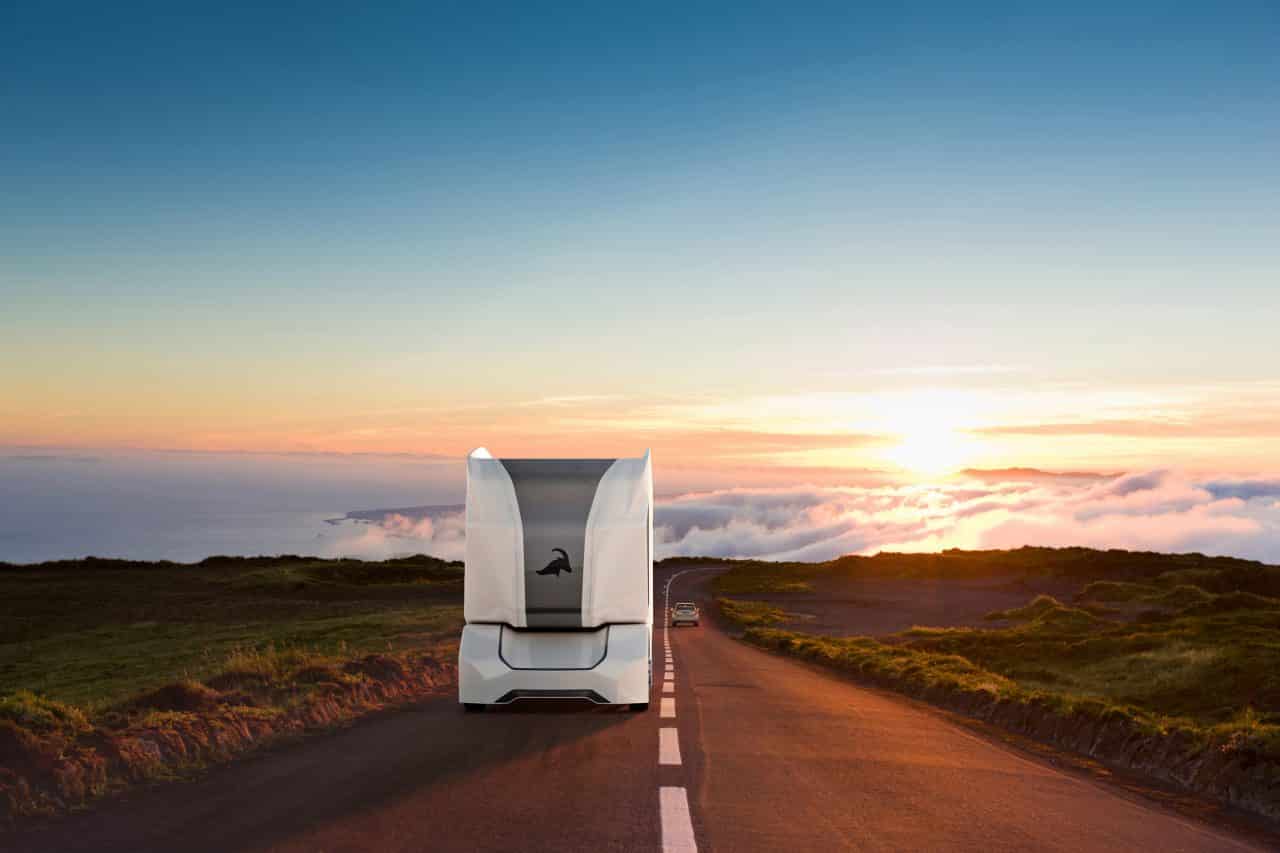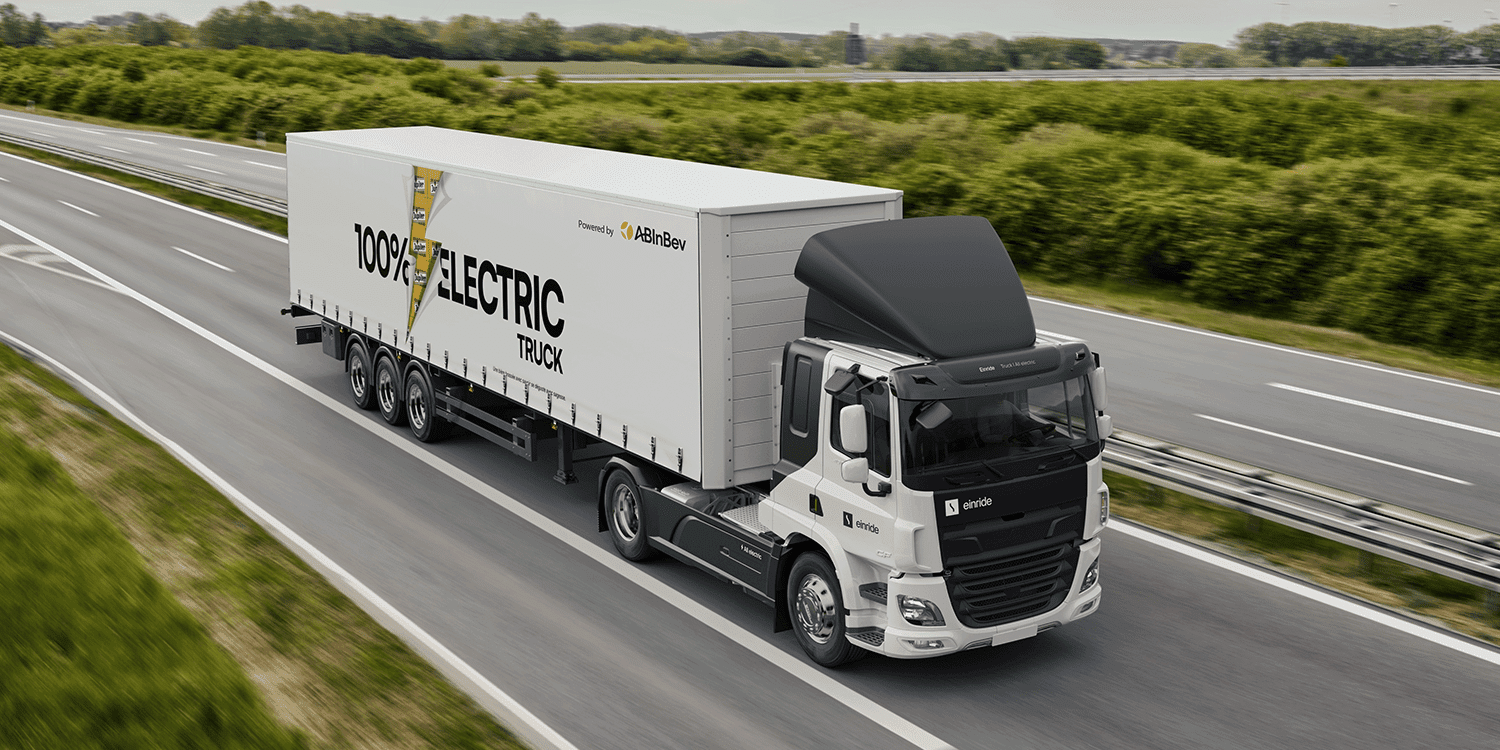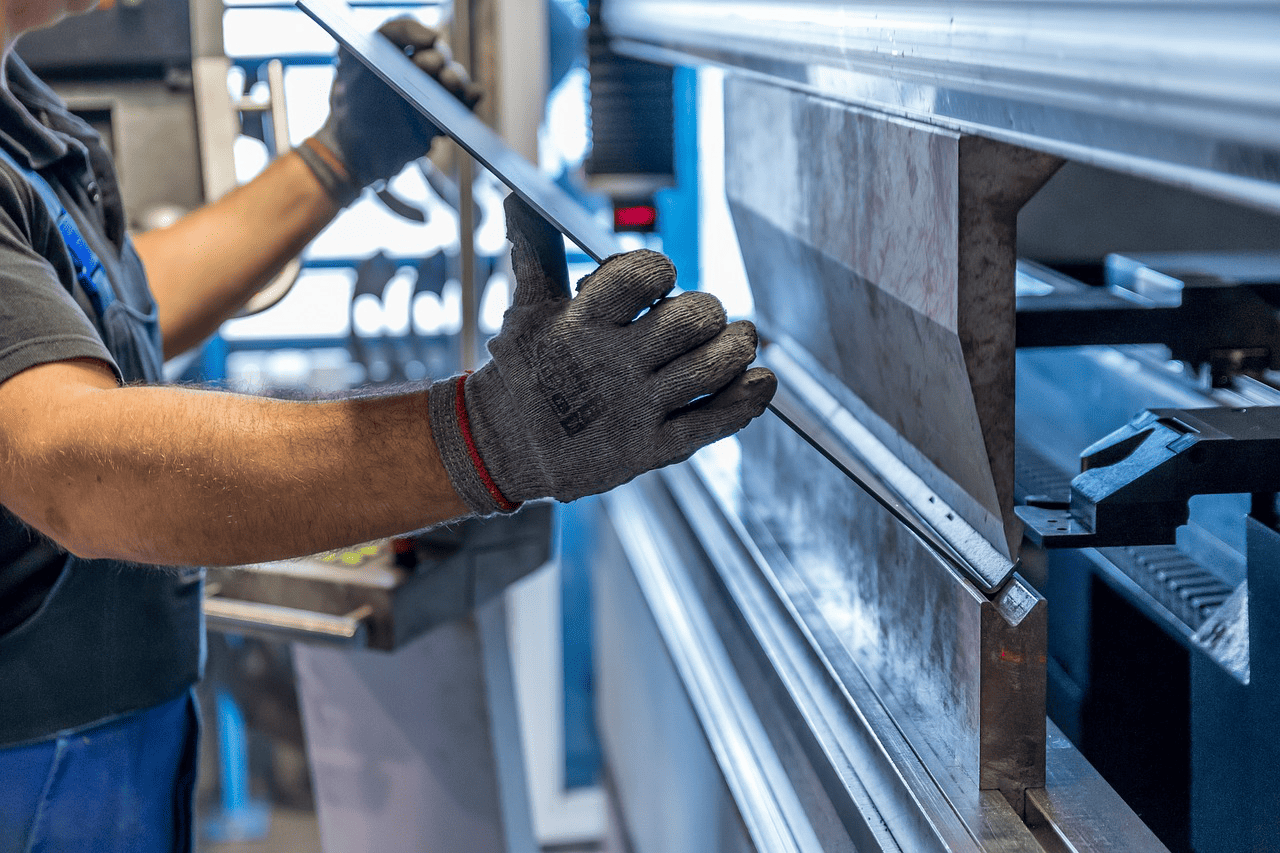
The Swedish start-up Einride define themselves as the intelligent transportation company. Their autonomous trucks are making the transportation of goods more intelligent, emission-free, safe, cost-effective, and ultimately more sustainable. These self-driving vehicles are fully-electric and coordinated via intelligent routing software which integrates customer with traffic data alomg with other functionalities in order to optimize delivery time, battery life and energy consumption. Which makes the journey from A to B as efficient as possible.
At present, the start-up has two self-driving trucks, the T/Pod and the T/Log. The former is their first autonomous truck and is aimed at road transportation of a variety of goods, while the latter is an adaptation specifically designed for the transportation of logs. It has no driver’s cab, but can be remotely controlled by a human operator where needed. No driver’s cab – and no driver – means a smaller vehicle, increased loading capacity, greater flexibility, increased safety, lower operating costs and optimized energy consumption, which means the T-log is able to run solely on batteries.
In order to know more about the motivation and goals of this start-up, Innovation Origins talked with founder and CEO Robert Falck

How was the idea for the start-up born?
I used to work for one of the large OEMs producing diesel-powered trucks, which are responsible for a substantial part of global CO2 emissions. I grew increasingly uncomfortable in that role because and over time I came to realize there was an alternative to diesel-powered trucks. In a sentence, rapidly developing self-driving technology had enabled a shift to battery-powered, fully-electric transportation. At the same time, I knew that the industry was pretty much stuck in their old ways. It’s not that they’re not well-meaning, but they’re stuck in a business model. I realized that change – if it was going to happen at all – had to be revolutionary. It had to come from the outside. So, then I left and founded Einride.
How do the autonomous vehicles from Einride works?
The basic formula comes down to this: remove the driver’s cab and the driver, and you solve a lot of problems associated with electrification and batteries. You get a smaller, lighter and much more flexible vehicle. Charging times becomes less of an issue, etc.
We do this by using a combination of automation technology and remote control. You don’t remove humans from the equation completely, but you reduce the number of humans involved by replacing drivers with operators who, from a distance, simultaneously manage and control by remote up to 10 vehicles. It’s a bit like platooning, but much more flexible. What you end up with is a sustainable and very cost-efficient solution, allowing transport buyers to be able to save money while they also reduce their CO2 footprint very substantially.
What makes Einride different from other similar startups?
Well, we see that we stand out from other companies in the self-driving business primarily because of the way we make transport more sustainable. It is quite possible to perfectly retrofit a conventional diesel truck with self-driving technology and remote control. There are companies looking into a solution like that. And you’ll make a pretty good business case out of that. But you’ll do nothing to reduce CO2 emissions. In fact, you’re likely to increase emissions, because you’ll make transport cheaper. Self-driving tech without electrification could turn out to be a curse for the environment.

What has been the biggest obstacle that you have had to overcome during the whole Einride process? Have you even ever thought about giving up?
When we started Einride, we were met with skepticism from a lot of people. I don’t blame them though. We were a newly-started Swedish company with huge ambitions, challenging the traditional automotive industry with radical new ideas. Back then, self-driving cars were still seen by many as science fiction nor was electrification the obvious future form of transport that it is nowadays. Batteries – it was thought – were powerful enough for small personal cars, but not trucks. A lead engineer at Scania was quoted saying battery-powered trucks were “perfect for transporting crisps.” So, it was sometimes a struggle convincing investors, partners and so on. And yes, at one point early on I almost gave up. But I was fortunate to have extremely talented people on the team who kept believing in the project. And so, we kept fighting. And quite soon it paid off.

What has been your most gratifying moment?
The most gratifying moment I think was when we were given permission – earlier this year – by the Swedish Transport Agency to expand a pilot for DB Schenker to a public road in central Sweden. We were actually the first company to have a fully-electric, autonomous truck up and running on a public road – on a commercial basis – in the world. Since then, the skeptics have been a lot quieter.
How does the future look for Einride?
We now have several very large American companies as customers, so during the next year we will establish a foothold in the USA and run some pilots there. Operations in Sweden will also be expanded. And we’ll begin industrializing production of our vehicles. Furthermore, in the future we will have hundreds of vehicles operating in both the US and in Europe. We’ll have built a complete system together with our partners – with 5G connectivity, charging infrastructure and so on – to support those operations. It’ll be the future of transportation, perfectly scalable. And we’ll already have put a dent in those emission curves.






